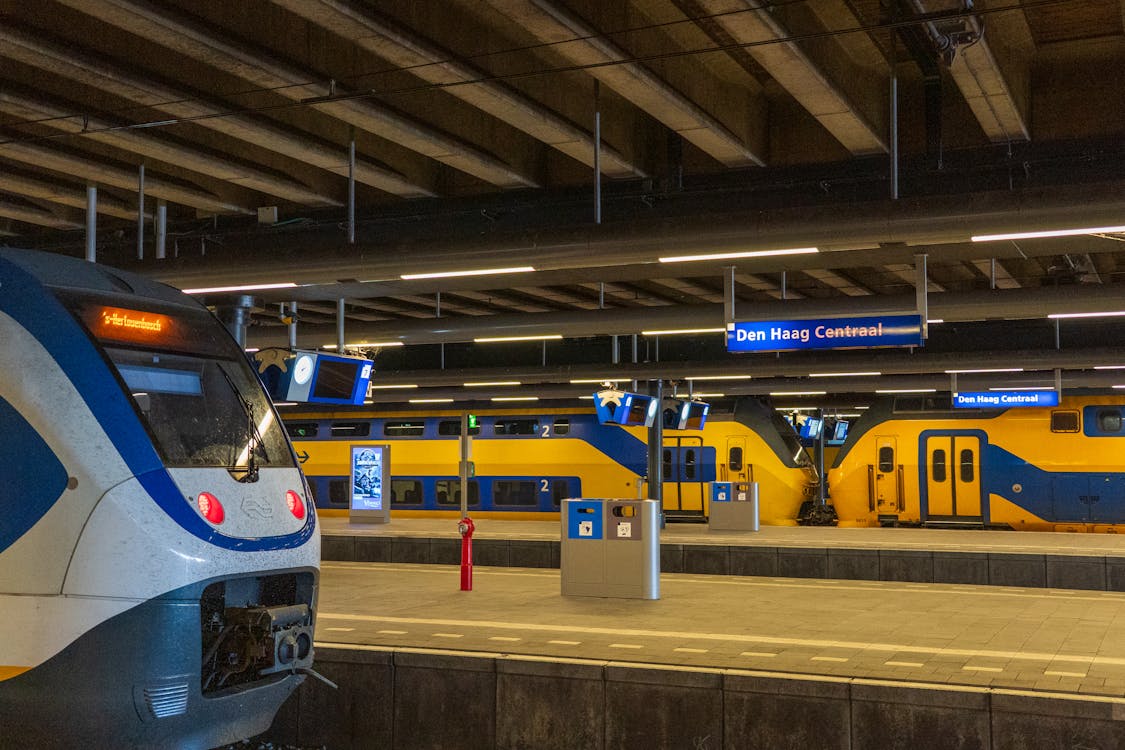
Urban transportation has constantly been a difficulty. Between expanding populations, restricted infrastructure, and the increasing need for comfort, cities are continuously looking for methods to boost exactly how individuals and vehicles relocate. Get in artificial intelligence. When viewed as a far-off principle reserved for science fiction, AI is currently at the core of several of the most interesting changes in modern city life. And it's not practically self-driving cars-- it's regarding smarter systems, safer roads, and better preparation for everyone who shares the roadway.
From Reactive to Predictive: The New Urban Mindset
Cities utilized to run reactively. A traffic light breakdowns? A person solutions it. Does a bus course become overcrowded? Organizers modified it months later. Yet with AI, this timeline has flipped. Sensors positioned at crossways, transportation hubs, and busy streets feed real-time data right into AI-powered systems that can not only react promptly yet additionally anticipate what's following.
Imagine a system that recognizes when and where blockage will certainly construct prior to it even happens. That's no longer a dream. By assessing patterns with time, like pedestrian website traffic, climate condition, and occasion routines, AI models aid cities protect against traffic jams instead of simply responding to them.
Smarter Traffic Signals and Intersection Management
One of one of the most obvious enhancements AI has offered metropolitan transportation remains in the method traffic lights run. Standard signal systems deal with timers or straightforward sensors. But AI can examine real-time video footage, detect lorry volume, and adjust light cycles on the fly. This shift minimizes unnecessary idling, enhances fuel effectiveness, and-- perhaps most notably-- shortens commute times.
Some cities have started to match AI-powered electronic cameras with traffic signal to detect not just lorries, but pedestrians and bikers too. This enables signals to change for at risk road individuals, boosting safety without decreasing total traffic flow.
Public Transit Gets a High-Tech Upgrade
Buses and trains are essential lifelines in most cities. Yet delays, path inadequacies, and upkeep issues typically discourage cyclists. That's starting to change with the help of AI.
Transit companies are now utilizing anticipating analytics to handle fleets much better. If a bus is running behind schedule, AI can advise course modifications, alternative pick-up factors, or perhaps reassign vehicles in real-time. Maintenance is also more proactive; AI identifies very early indication prior to parts stop working, which keeps cars on the road and bikers on schedule.
When mass transit is consistent and dependable, more individuals utilize it. And when more people use public transportation, cities come to be greener, less overloaded, and easier to browse.
Redefining Parking with Smart Systems
Locating a vehicle parking spot in a city can be one of the most discouraging part of driving. It's time-consuming, demanding, and commonly inefficient. Yet AI is now changing the method cities deal with car parking monitoring.
Cams and sensors set up in parking lots and garages track readily available spaces and send out updates to central systems. Motorists can after that be directed to open up spots through navigating apps or in-car systems, minimizing the moment they spend circling around the block. you can try here Subsequently, this cuts discharges and makes city roads much less crowded.
Some AI systems are even efficient in vibrant pricing, changing parking charges based upon need in real time. This dissuades overuse in congested areas and urges turnover, giving everybody a fairer chance at locating a room.
In densely populated areas where area is restricted, specialized options like boat storage in Philadelphia and specialized Philadelphia car storage choices are becoming better than ever. AI can assist manage these centers, ensuring optimum use and improving safety and security via smart security systems that spot uneven activity.
The Rise of Autonomous Vehicles and Ridesharing Intelligence
While self-driving cars and trucks may not yet dominate the roadways, they're definitely influencing the instructions of urban transportation. AI is the foundation of independent car innovation, taking care of everything from navigation to challenge discovery and feedback time.
But even before full autonomy holds, AI is currently changing ridesharing solutions. Formulas help pair passengers much more effectively, lower wait times, and recommend tactical areas for chauffeurs to wait between fares. In time, these insights will help reduce traffic congestion and enhance automobile occupancy rates across cities.
There's also been a surge in AI-enhanced mini mobility alternatives like mobility scooters and bike shares. These solutions are handled by AI systems that track usage patterns, predict high-demand areas, and also identify upkeep requirements immediately.
Planning the Future: AI and Urban Design
City planners now have an effective brand-new ally in expert system. With access to enormous datasets-- every little thing from traveler practices to air quality degrees-- AI devices can model the impact of framework adjustments before they're also made. This indicates much better choices regarding where to place bike lanes, just how to enhance bus routes, or whether to construct new bridges and passages.
Urban designers can also make use of AI to model the result of new zoning regulations or domestic development on transportation systems. This brings about smarter advancement that supports activity rather than frustrating it.
In places with thick development and restricted property, wise remedies like vehicle storage in Philadelphia are confirming to be essential aspects in long-term planning. AI can streamline room allotment, track use trends, and assist develop storage space layouts that make the most of ability while minimizing impact.
More Secure Streets Through Real-Time Intelligence
AI is not practically rate and efficiency-- it's likewise concerning safety. From determining speeding lorries in real time to predicting accident-prone zones, AI is assisting make roads safer for everyone.
Smart monitoring systems powered by artificial intelligence can spot hazardous actions, such as illegal turns, running red lights, or jaywalking. These systems don't just serve as deterrents; they produce information that cities can make use of to inform future safety initiatives.
AI is likewise assisting very first -responders get to emergency situations quicker. Real-time website traffic evaluation can lead rescues along the quickest course, also throughout rush hour. And when seconds count, those time savings can be life-changing.
A More Connected and Adaptable Transportation Future
The real power of AI in urban transport hinges on its capacity to adjust. As cities progress, AI develops with them. Whether it's reacting to a sudden surge in website traffic after a sporting activities event, predicting flooding on major roadways, or taking care of a spike in seasonal travel, AI is there, constantly finding out and readjusting.
By weaving AI into the fabric of transport systems, cities are ending up being much more intelligent, extra receptive, and much more user-friendly. These changes might not always show up to the daily commuter, yet the benefits-- much shorter trips, more secure streets, and extra trusted transit-- are really felt every day.
For those browsing metropolitan life today and looking towards the future, it's clear that artificial intelligence is no more just helping with transport-- it's redefining exactly how our cities relocate.
Ensure to adhere to the blog for more understandings into exactly how modern technology is shaping metropolitan life, and check back consistently to stay ahead of the curve.
 Jason J. Richter Then & Now!
Jason J. Richter Then & Now! Michael Bower Then & Now!
Michael Bower Then & Now! Bug Hall Then & Now!
Bug Hall Then & Now! Seth Green Then & Now!
Seth Green Then & Now! Terry Farrell Then & Now!
Terry Farrell Then & Now!